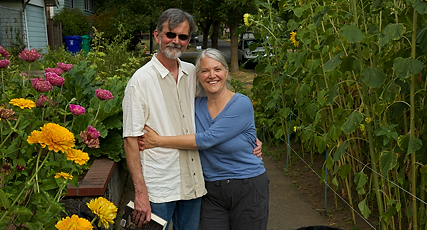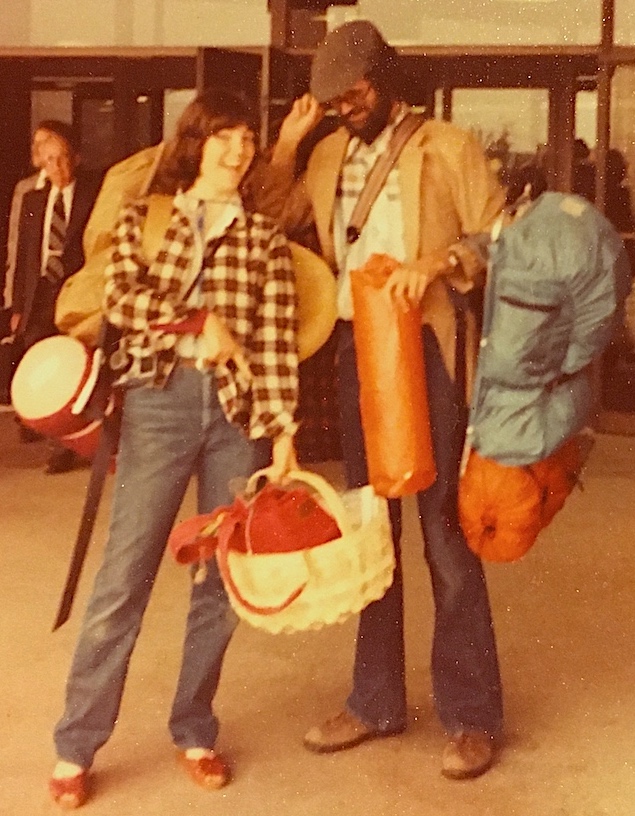
Raise the Bar on Your Holiday Gathering with a Butter Board
I'd heard some murmuring on the holiday entertainment switchboard about a new trend that involves spreading butter on a board or platter, topping the butter with condiments from savory to sweet, then handing your guests bread and a knife. Fortunately, Beaverton farmers' market's Ginger Rapport is all over it, so I'm sharing her latest bulletin:
Market Master Ginger Rapport of the Beaverton Farmers Market is a genius when it comes to connecting the latest trends in the food world with our fresh Oregon bounty, particularly when it comes to her beloved vendors at the market. In her last newsletter, she waxes eloquent about a recent food revelation she had while visiting—of all places—Las Vegas:
 There are many kinds of meals. There are those that simply feed you, those that feed your soul, and those that are so memorable that they rate right up there with the best experiences of your life. A meal at Joel Robuchon’s in Las Vegas MGM Grand Hotel is such an experience. Robuchon was named “Chef of the Century” by the Gault Millau in 1989 and had 32 Michelin stars, the most of any chef, at his time of death from pancreatic cancer in 2018.
There are many kinds of meals. There are those that simply feed you, those that feed your soul, and those that are so memorable that they rate right up there with the best experiences of your life. A meal at Joel Robuchon’s in Las Vegas MGM Grand Hotel is such an experience. Robuchon was named “Chef of the Century” by the Gault Millau in 1989 and had 32 Michelin stars, the most of any chef, at his time of death from pancreatic cancer in 2018.
While a meal in his dining room is a series of courses, each a masterpiece unto itself, Market Master Ginger Rapport could have been entirely satisfied with a meal consisting of their mind-blowing bread cart accompanied by a beautiful cloche-covered mound of French butter (above left). Seriously, it is a dream of Ginger’s to one day pull up a chair to the cart and happily spend the evening enjoying fabulous butter on every kind of perfectly baked bread you can imagine.
 So it is with great enthusiasm that Ginger embraces the hot new trend shepherded to fame by TikTok creator Justine Doiron: The Butter Board. Most of you are familiar with charcuterie boards—tasty combinations of meats and cheeses, along with complementary accompaniments such as fruits and nuts that make for great snacking and conversation when served among friends and family. Well, a Butter Board is a similar concept, only the main attraction is the excellent quality butter that has been creatively enhanced and surrounded by pieces of bread and crackers.
So it is with great enthusiasm that Ginger embraces the hot new trend shepherded to fame by TikTok creator Justine Doiron: The Butter Board. Most of you are familiar with charcuterie boards—tasty combinations of meats and cheeses, along with complementary accompaniments such as fruits and nuts that make for great snacking and conversation when served among friends and family. Well, a Butter Board is a similar concept, only the main attraction is the excellent quality butter that has been creatively enhanced and surrounded by pieces of bread and crackers.
Doiron credits chef and author Joshua McFadden [of Portland's currently shuttered Ava Gene's]—who shares an “Herbed” Butter With Warm Bread in his book Six Seasons: A New Way with Vegetables—as the butter board’s creator. The basic idea is to generously spread high-quality butter on a serving board of some type, then let your imagination run wild with toppings. To serve, simply scoop up the butter and spread it on the accompanying bread and crackers. Think of it as a smaller version of the bread cart and cloche of butter at Joel Robuchon’s restaurant.
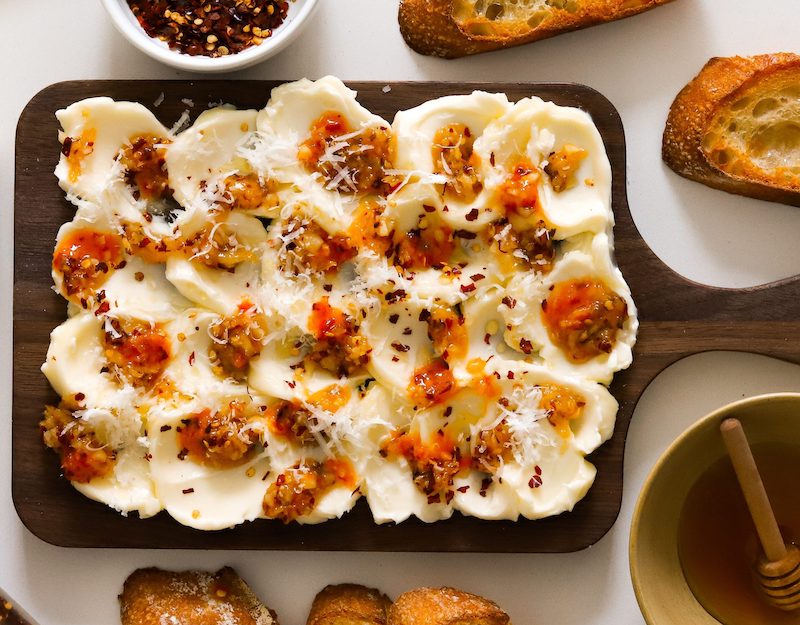 The thing that is so wonderful about this idea is that it is relatively simple to prepare, and you can get as creative as you want with the combinations of ingredients. First, you start with fabulous butter. Do not skimp here! Here at the Beaverton Farmers Market, we are lucky to have the gorgeous butter made by our friends at Lady Lane Farm using their jersey cow milk, Garry’s Meadow Fresh milk. (Their butter comes unsalted or salted, and in two flavors, garlic, or honey.)
The thing that is so wonderful about this idea is that it is relatively simple to prepare, and you can get as creative as you want with the combinations of ingredients. First, you start with fabulous butter. Do not skimp here! Here at the Beaverton Farmers Market, we are lucky to have the gorgeous butter made by our friends at Lady Lane Farm using their jersey cow milk, Garry’s Meadow Fresh milk. (Their butter comes unsalted or salted, and in two flavors, garlic, or honey.)
For starters, choose salted butter over unsalted. Unsalted butter is excellent for baking and general cooking but will taste bland when eaten as a topping for bread. Spread your choice of softened, room-temperature butter on a board. Doiron’s original post shows butter topped with flaky salt, lemon zest, herbs and edible flowers. You can find a gorgeous assortment of edible flowers at Campo Collective Farm and Cartwheel Community Farm, and many of our growers will have cut herbs if you don’t already have some in your garden.
From there you can let your imagination have free rein. Here are some of our favorite butter board ideas, all made with Lady Lane butter. Of course, you will need an excellent assortment of bread, rolls, and crackers to accompany your butter board so make sure that they compliment the type of butter you plan on serving:
- Figs, nectarines, flaky salt, and Marcona almonds on honey butter with slices of brioche bread.
- Salted butter topped with red pepper flakes, hot honey from TbeeS Honey, and candied pecans to be served alongside little corn muffins.
- Kimo’s Dips recommends mixing a packet of their Garlic Herb and Cheese dip into salted butter and serving with slices of focaccia from Henry Higgins Bagels.
- Top garlic butter with a mix of sauteed wild mushrooms from The Mushroomery. We would eat this spread on just about anything, but the classic sourdough from Columbia River Sourdough Bakery would be divine.
- While you are at Columbia River Sourdough, pick up a loaf of their chocolate sourdough and serve it alongside salted butter topped with chopped dried cranberries from Cranberry Kitchen, flaky salt, orange zest and chopped hazelnuts, maybe even some chocolate chips.
We should mention here that creative minds are branching out to make boards with other spreadable cheeses and toppings such as cream cheese with "everything seasoning" blend, flaky salt, finely diced red onions, and tomatoes, and then there's ricotta cheese with sautéed garlic, sun-dried tomatoes and fresh basil leaves.
Clearly, the possibilities are endless, and as we approach the busy holiday season, we expect that butter boards, with their show-stopping potential, are going to be on the menus of many celebrations.
Photos, from top: Roasted garlic from Aubrey's Kitchen; French breads from Aloha Epicure; butter cloche from Las Vegas Sun; flower board from Justine Doiron; honey garlic board from Moribyan, all courtesy Beaverton Market newsletter.
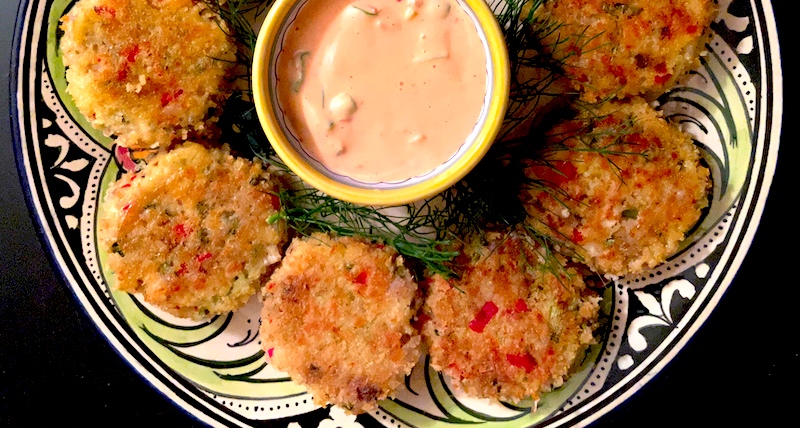
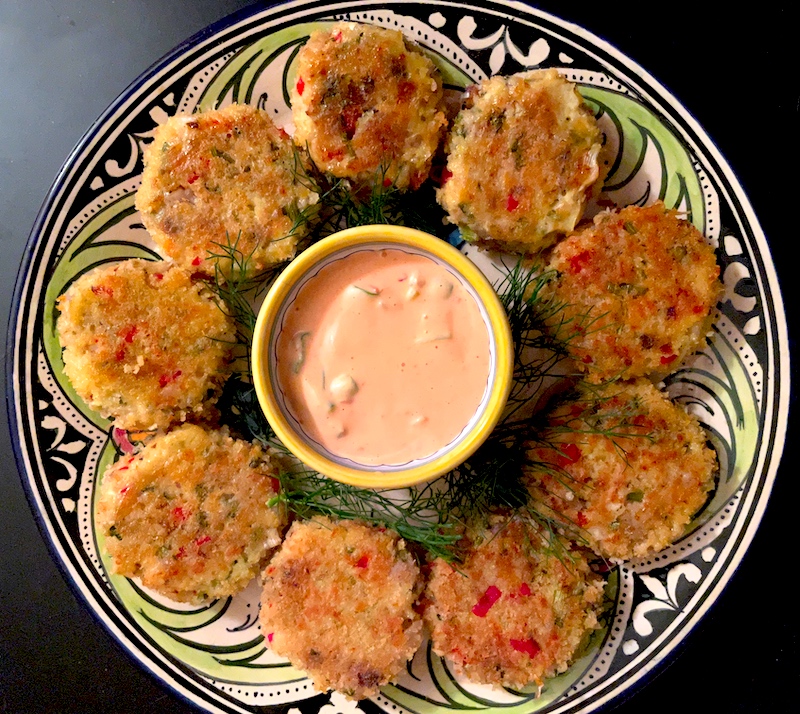 Lately I've found some mighty meaty collars, almost like a fish steak with wings, at
Lately I've found some mighty meaty collars, almost like a fish steak with wings, at 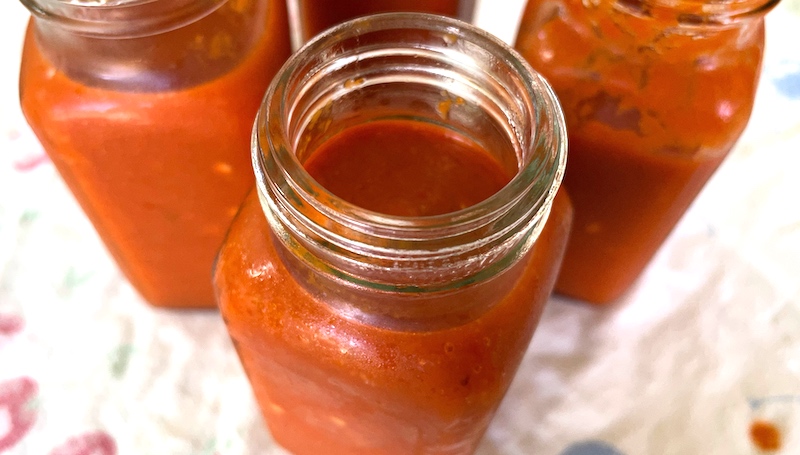
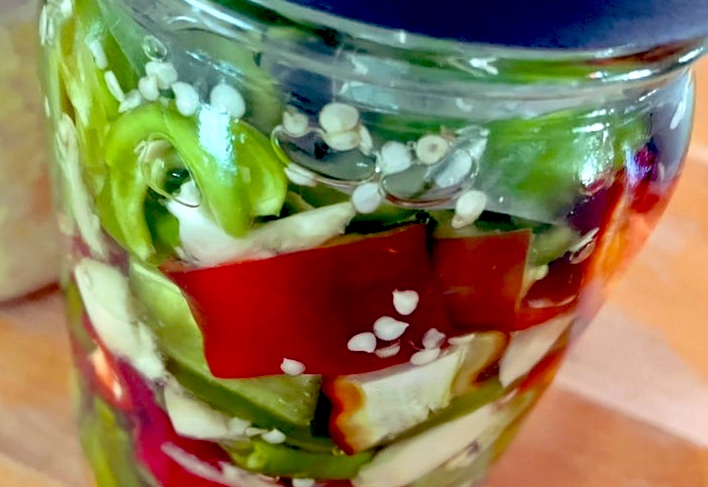
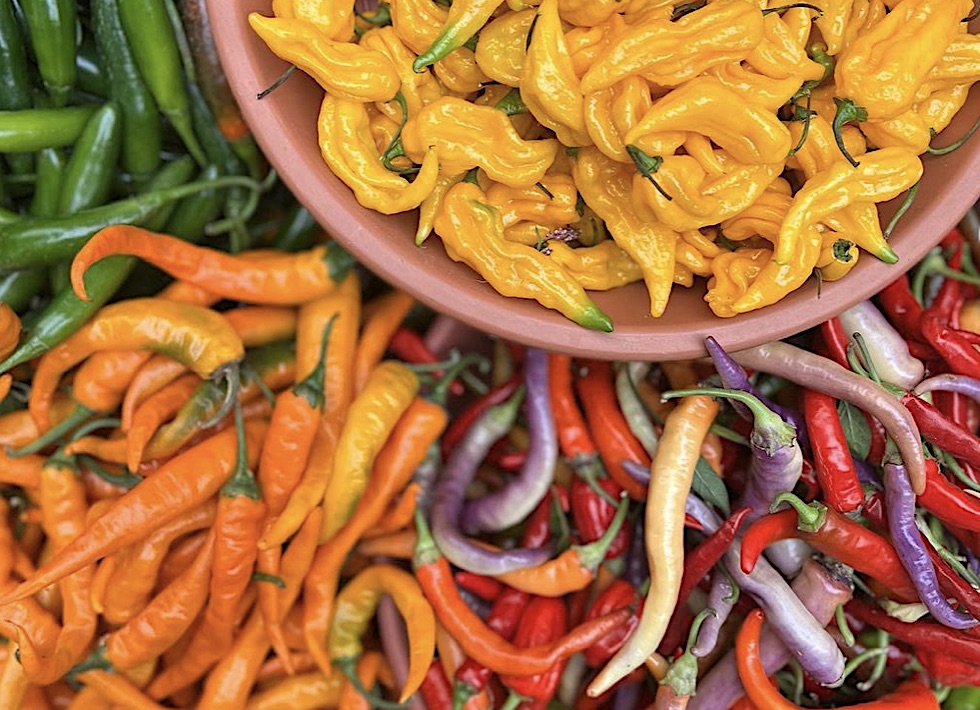
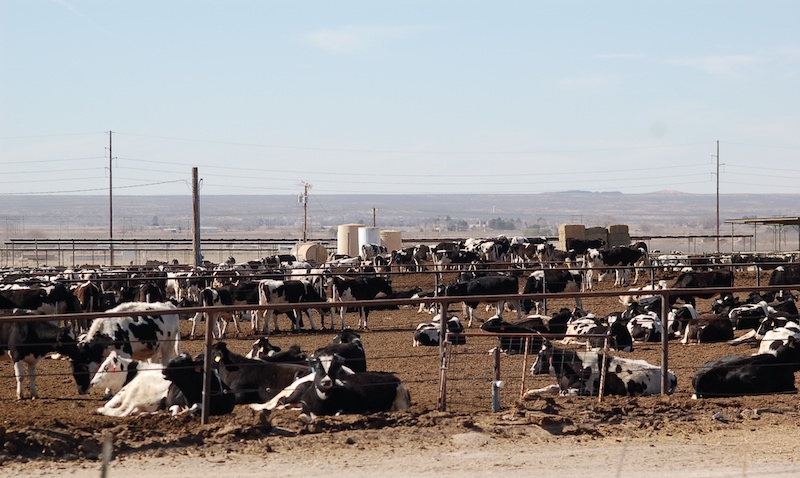

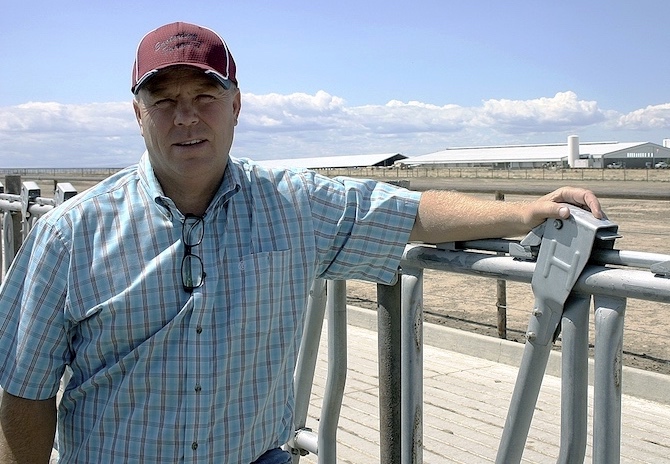
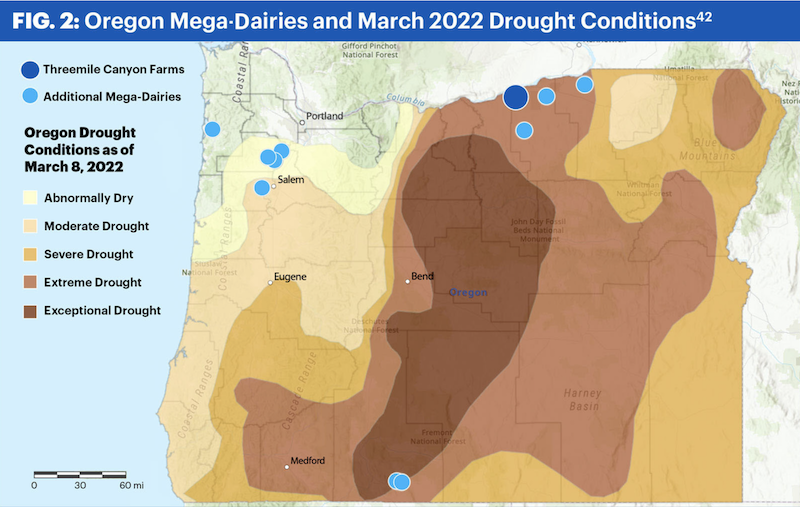
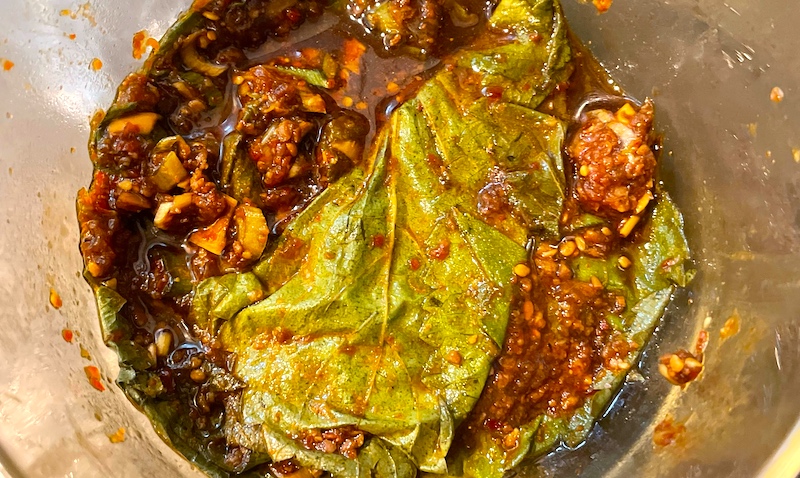
 It's made using shiso leaves, halfway between a leafy green and an herb that the New York Times described as "a mysterious, bright taste that reminds people of mint, basil, tarragon, cilantro, cinnamon, anise or the smell of a mountain meadow after a rainstorm." (Ooooookay…?) I'd say it's flavor is on the same spectrum as cilantro: definitely pungent, with a slightly minty twang. Shiso is, for me, a little strong to use in a salad, for instance, but the process of fermentation and the other ingredients in the brine—soy, ginger, garlic and the Korean ground peppers called gochugaru—seem to tame its somewhat, shall we say, overpowering personality.
It's made using shiso leaves, halfway between a leafy green and an herb that the New York Times described as "a mysterious, bright taste that reminds people of mint, basil, tarragon, cilantro, cinnamon, anise or the smell of a mountain meadow after a rainstorm." (Ooooookay…?) I'd say it's flavor is on the same spectrum as cilantro: definitely pungent, with a slightly minty twang. Shiso is, for me, a little strong to use in a salad, for instance, but the process of fermentation and the other ingredients in the brine—soy, ginger, garlic and the Korean ground peppers called gochugaru—seem to tame its somewhat, shall we say, overpowering personality.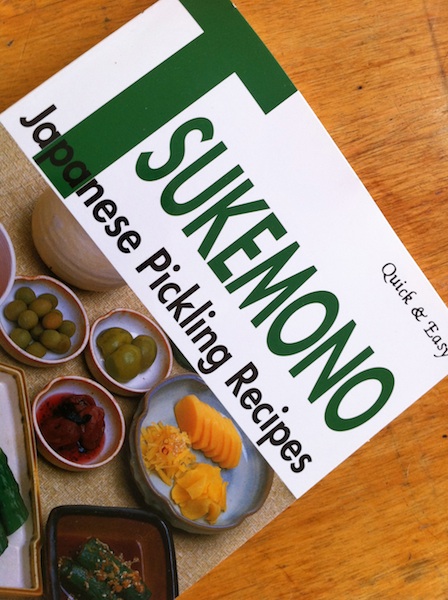 The recipe is adapted from a book I absolutely love,
The recipe is adapted from a book I absolutely love, 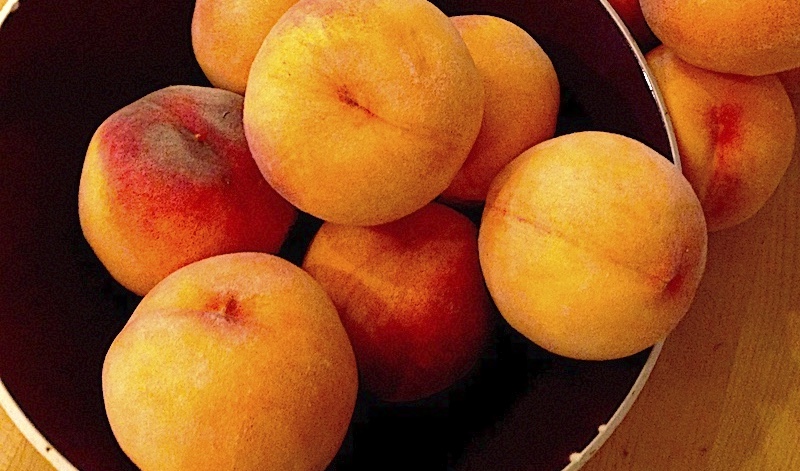
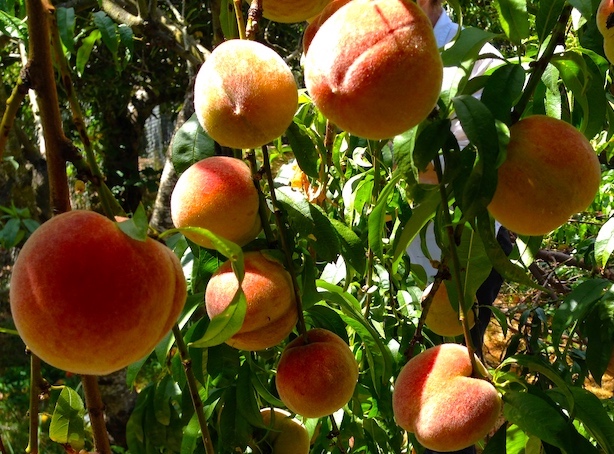 Among its many attributes, a medium peach is a mere 37 calories and is high in vitamins A, B, and C. Because a fully ripe peach is delicate and easily bruised, you will often find them sold just “under-ripe.” To fully ripen your fruit, place them on the counter in a brown paper sack, folded closed, for two or three days. (Do not try this in a plastic bag. As the fruit respires, it gives off moisture which will collect on the plastic bag and cause the fruit to rot.) The ripe fruit will be soft and fragrant. Refrigerate them at this point.
Among its many attributes, a medium peach is a mere 37 calories and is high in vitamins A, B, and C. Because a fully ripe peach is delicate and easily bruised, you will often find them sold just “under-ripe.” To fully ripen your fruit, place them on the counter in a brown paper sack, folded closed, for two or three days. (Do not try this in a plastic bag. As the fruit respires, it gives off moisture which will collect on the plastic bag and cause the fruit to rot.) The ripe fruit will be soft and fragrant. Refrigerate them at this point. 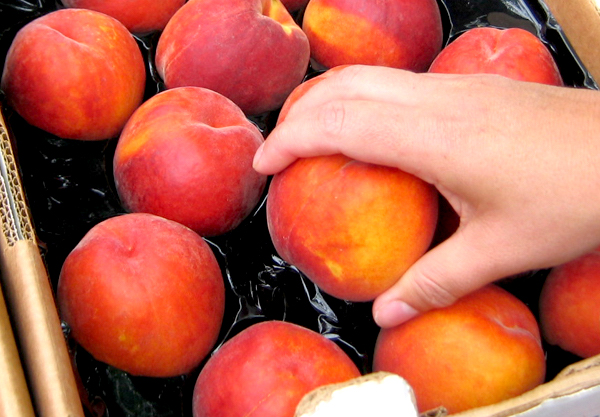 Like the plum and the apricot, peaches are members of the rose family (Rosaceae), distinguished by their velvety skin. If the peach fuzz bothers you, try rubbing the fruit with a terry handtowel after washing, it will diminish the feel of the fuzz on your mouth. Of course, you could also choose to purchase nectarines instead if the fuzzy skin bothers you.
Like the plum and the apricot, peaches are members of the rose family (Rosaceae), distinguished by their velvety skin. If the peach fuzz bothers you, try rubbing the fruit with a terry handtowel after washing, it will diminish the feel of the fuzz on your mouth. Of course, you could also choose to purchase nectarines instead if the fuzzy skin bothers you. 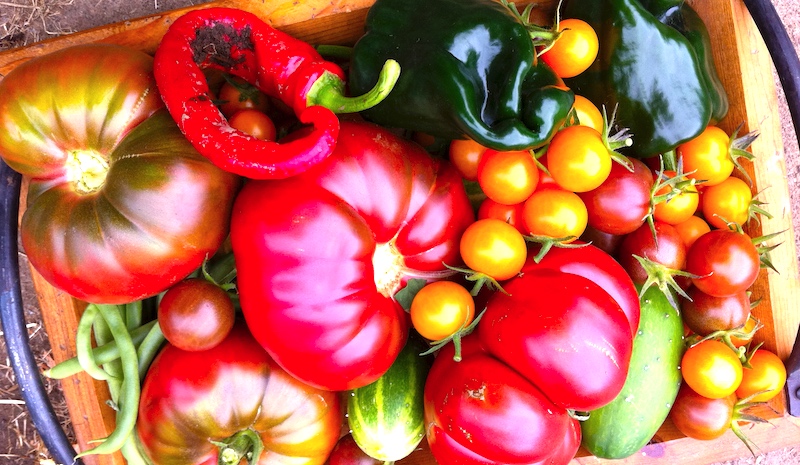

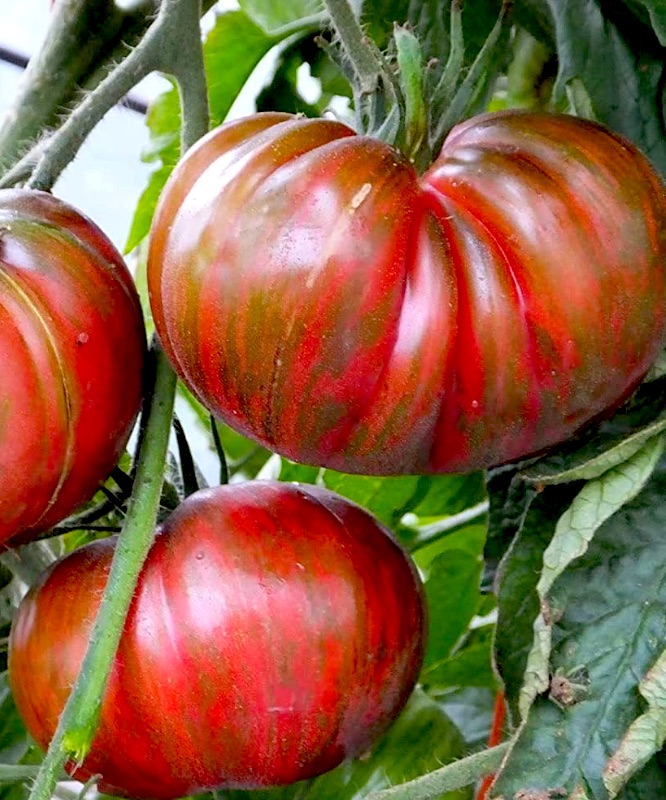
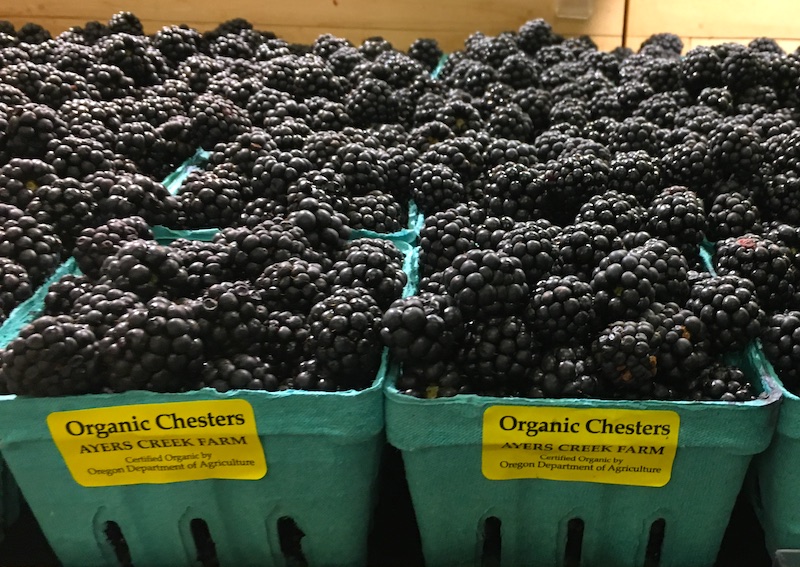
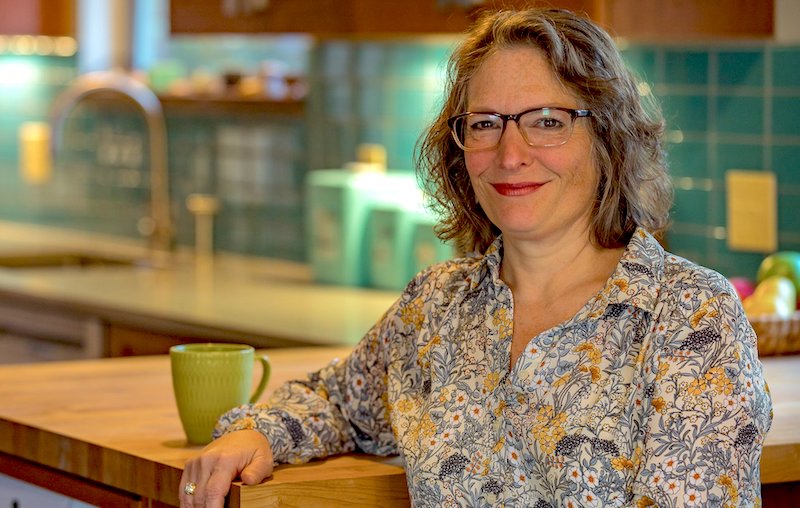
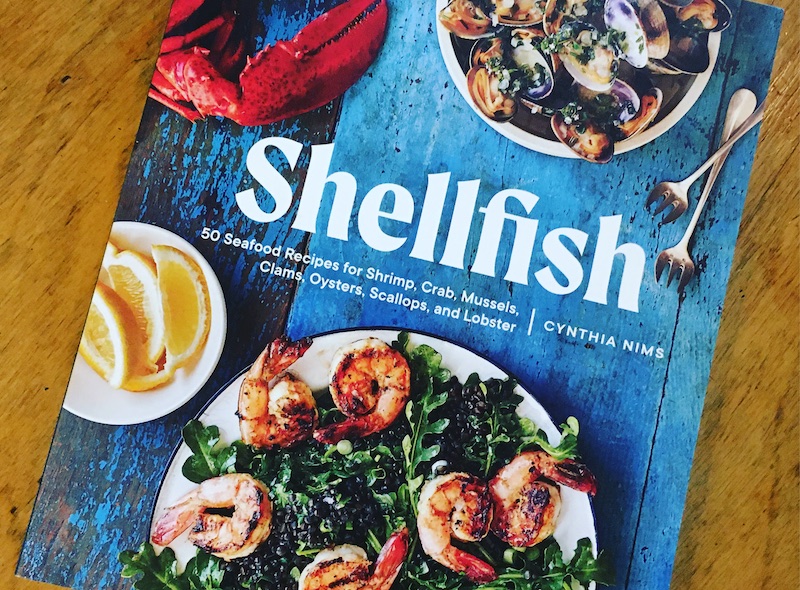 There are Nims' recent single-subject seafood books, including
There are Nims' recent single-subject seafood books, including 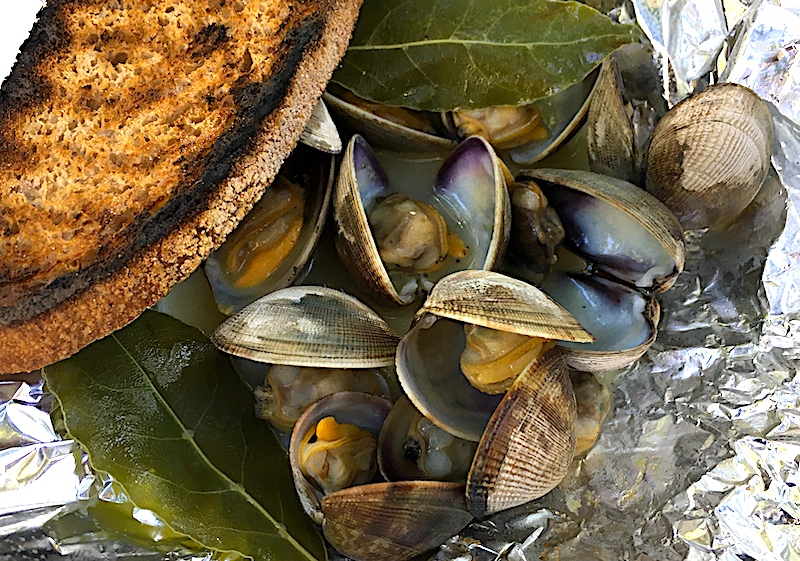 You can meet this culinary wonder woman this weekend at two events in Portland where she's bringing her new book,
You can meet this culinary wonder woman this weekend at two events in Portland where she's bringing her new book, 